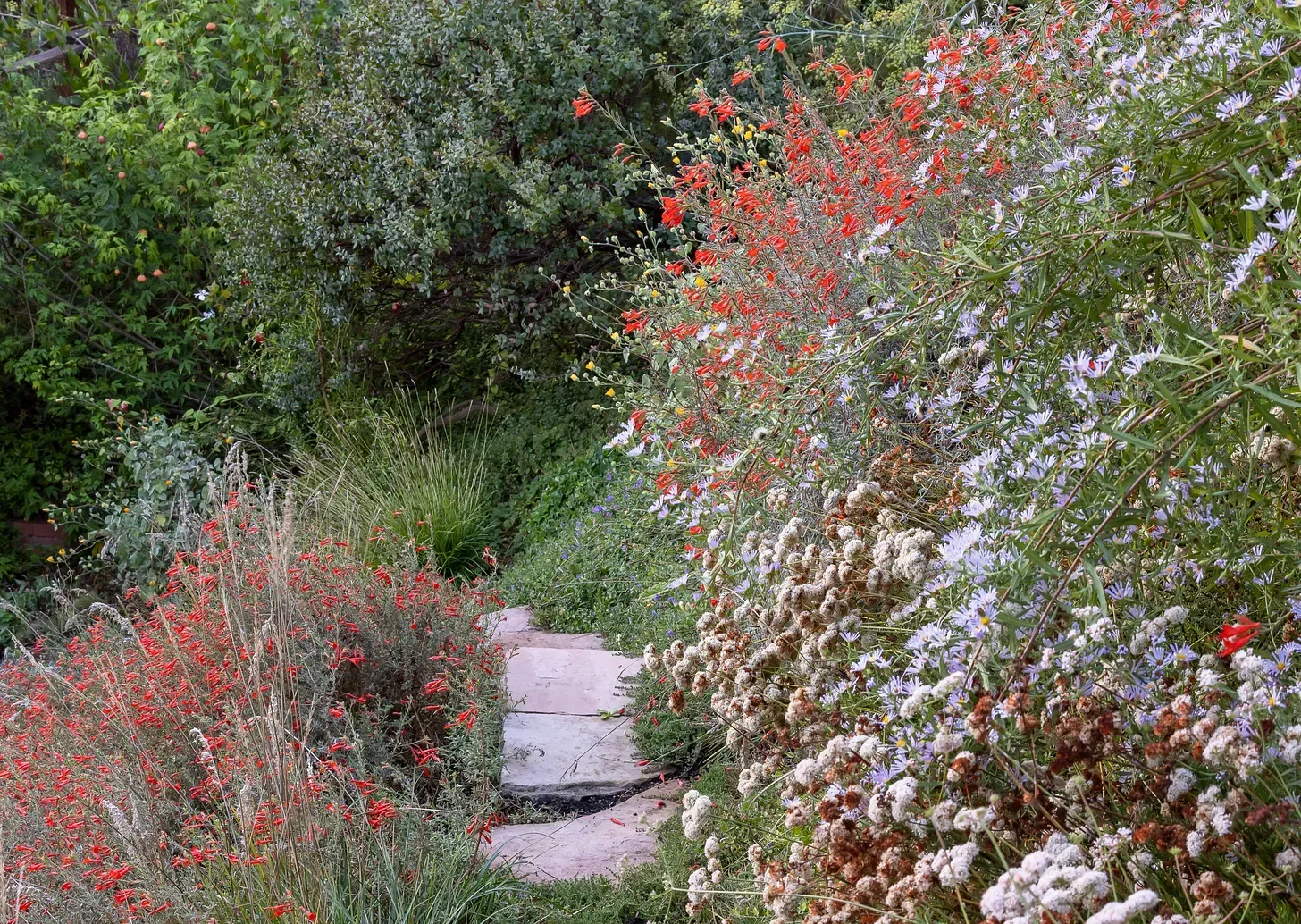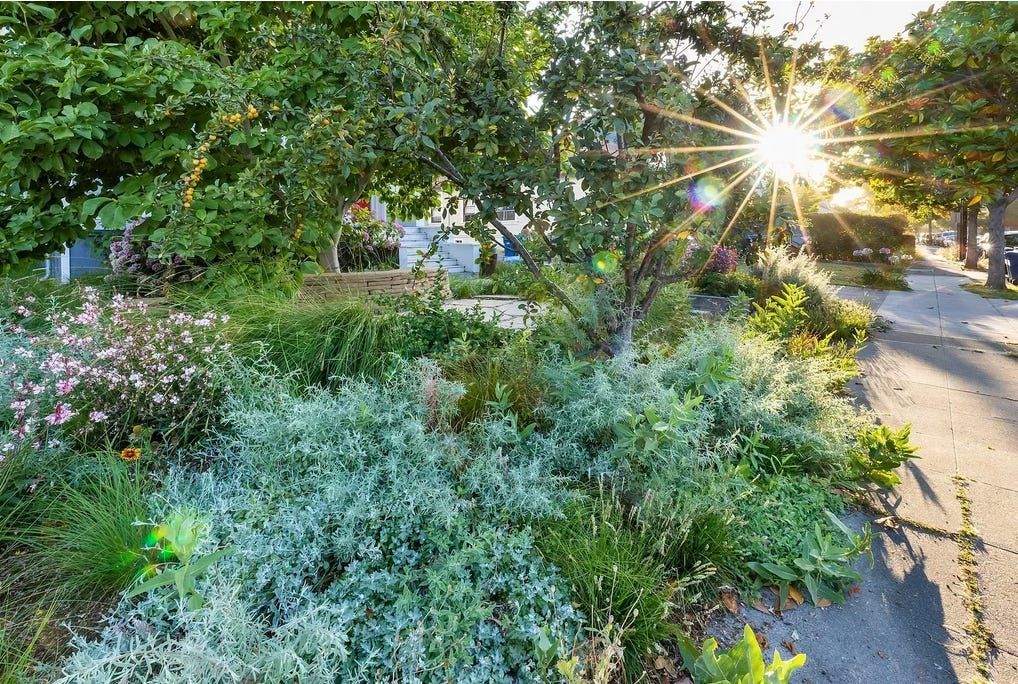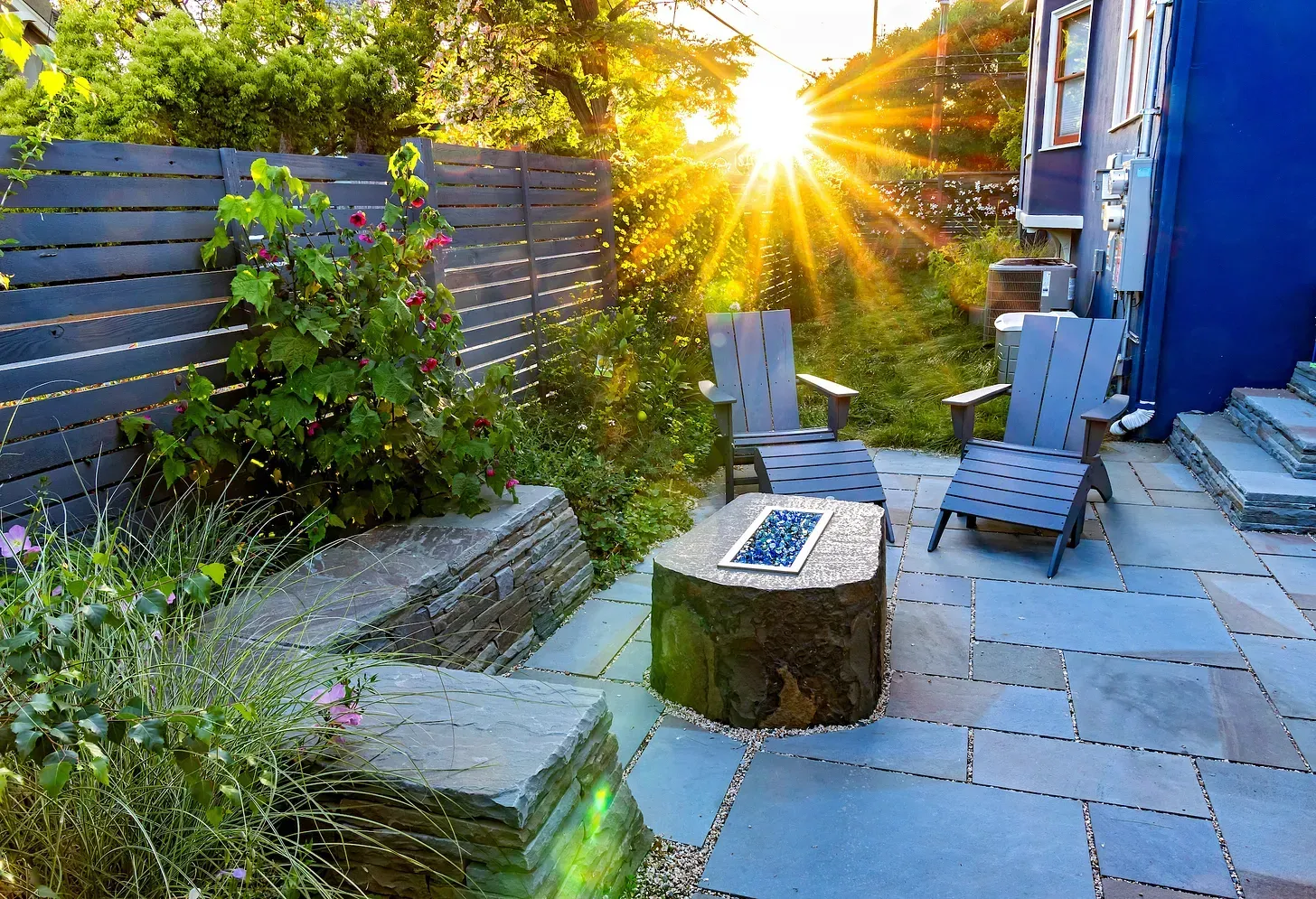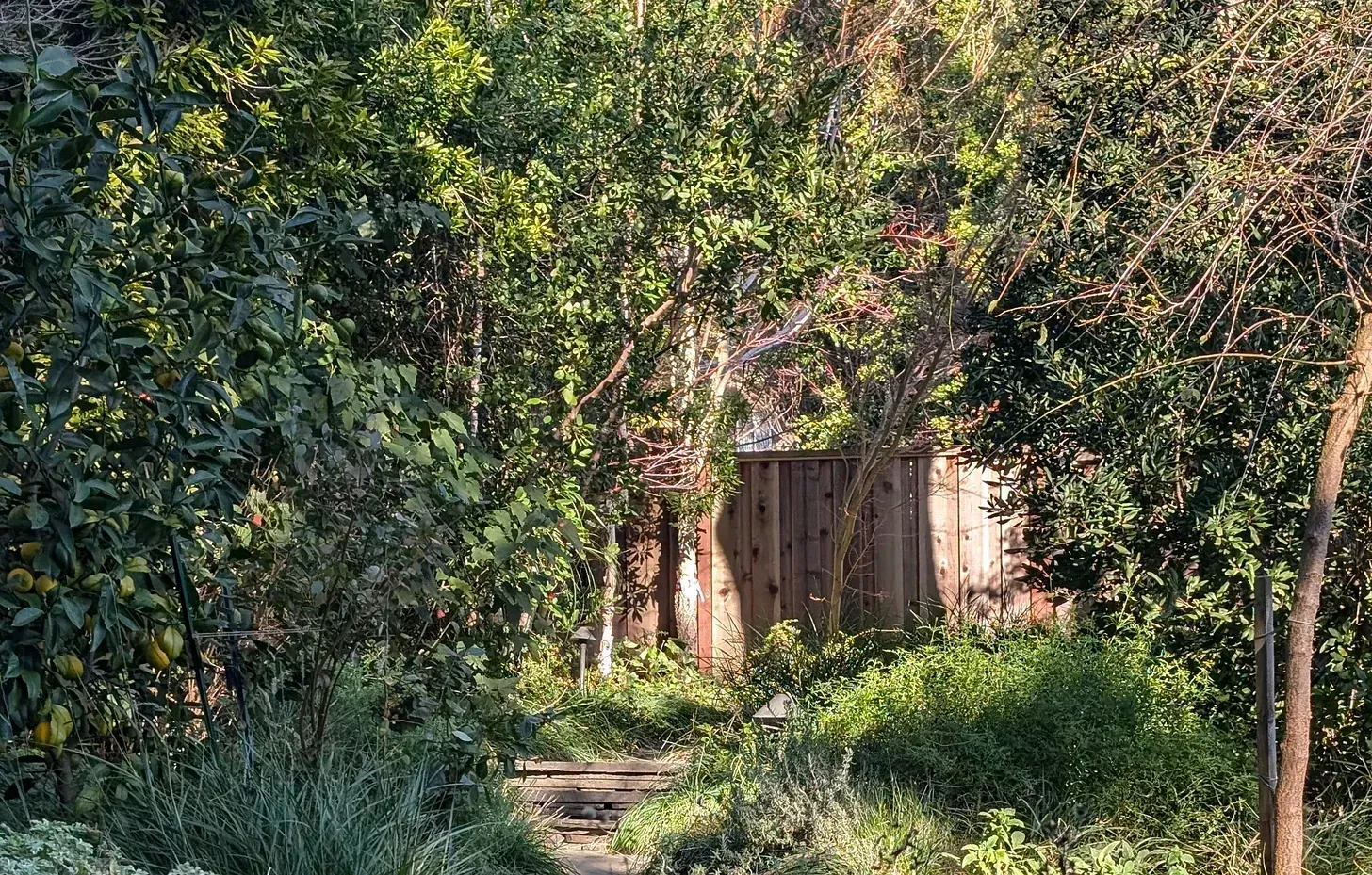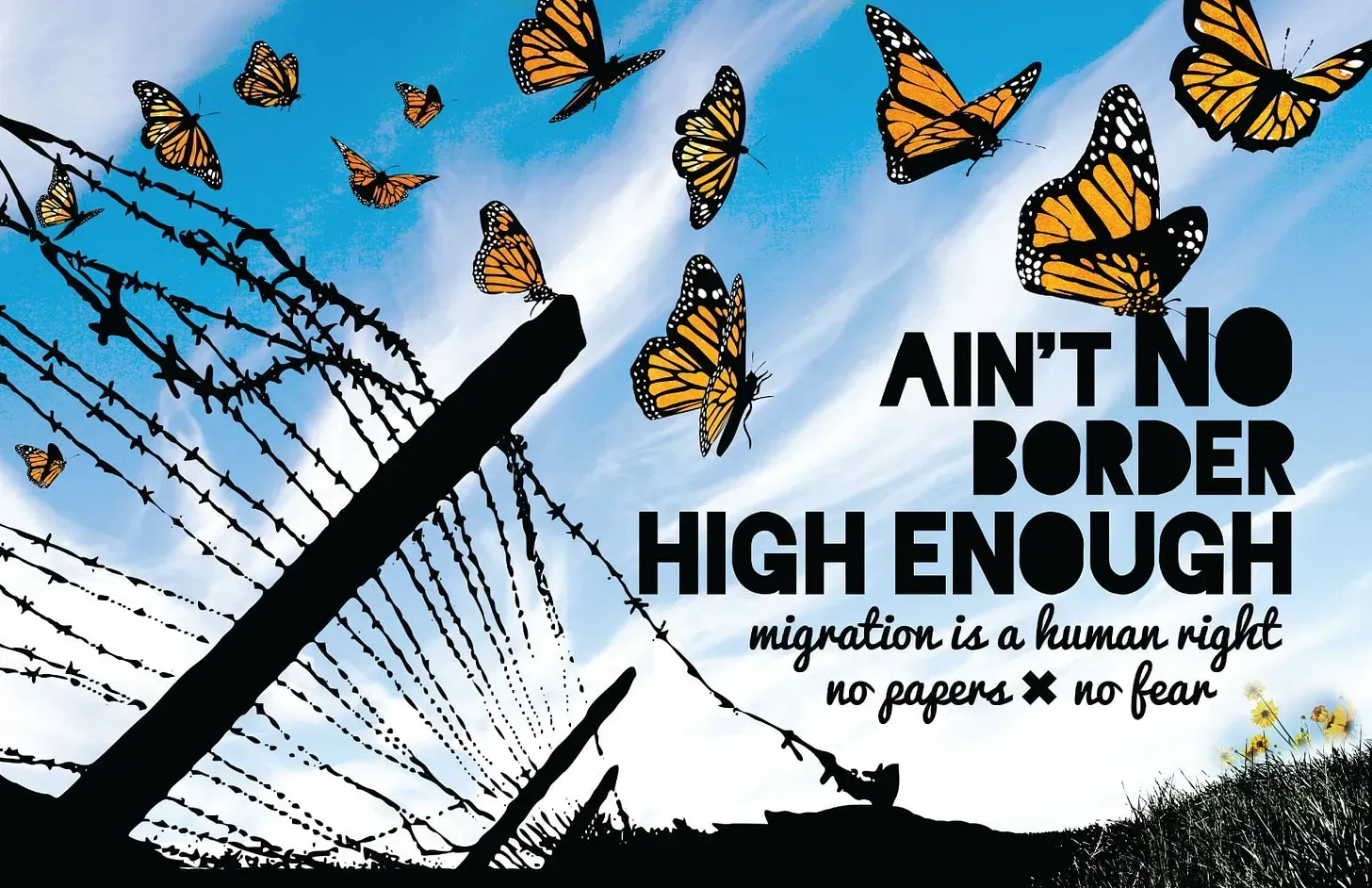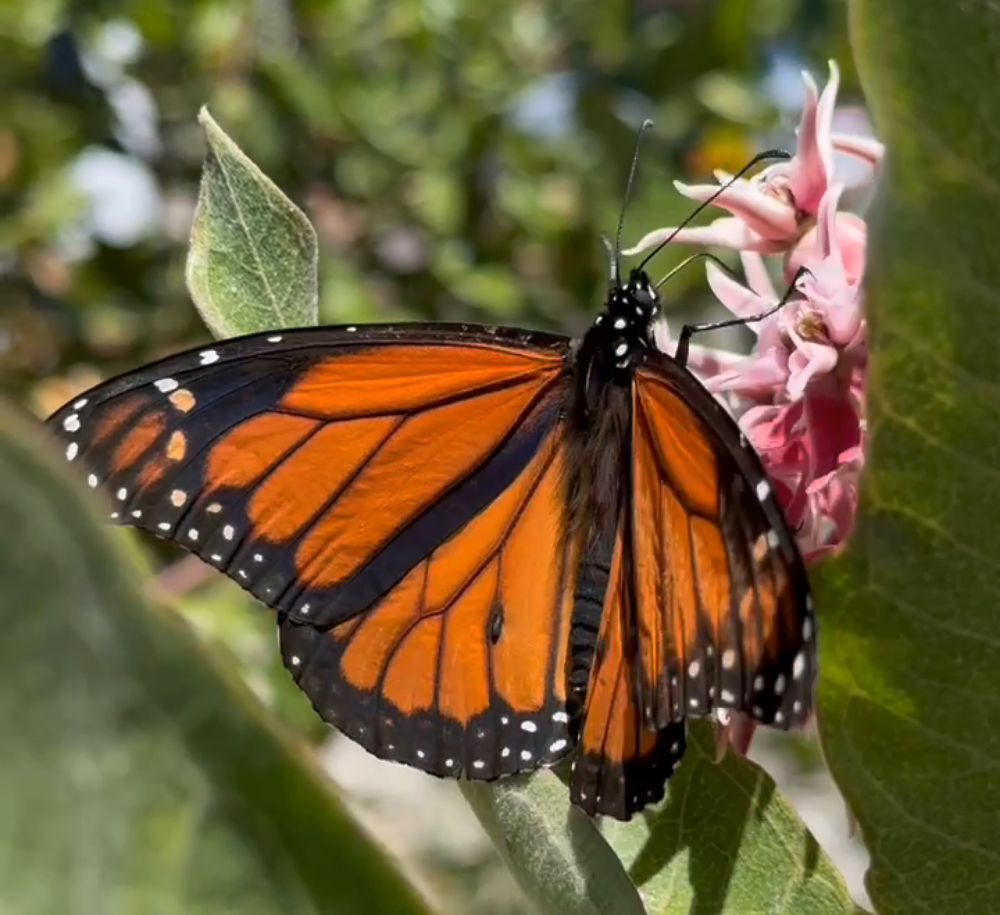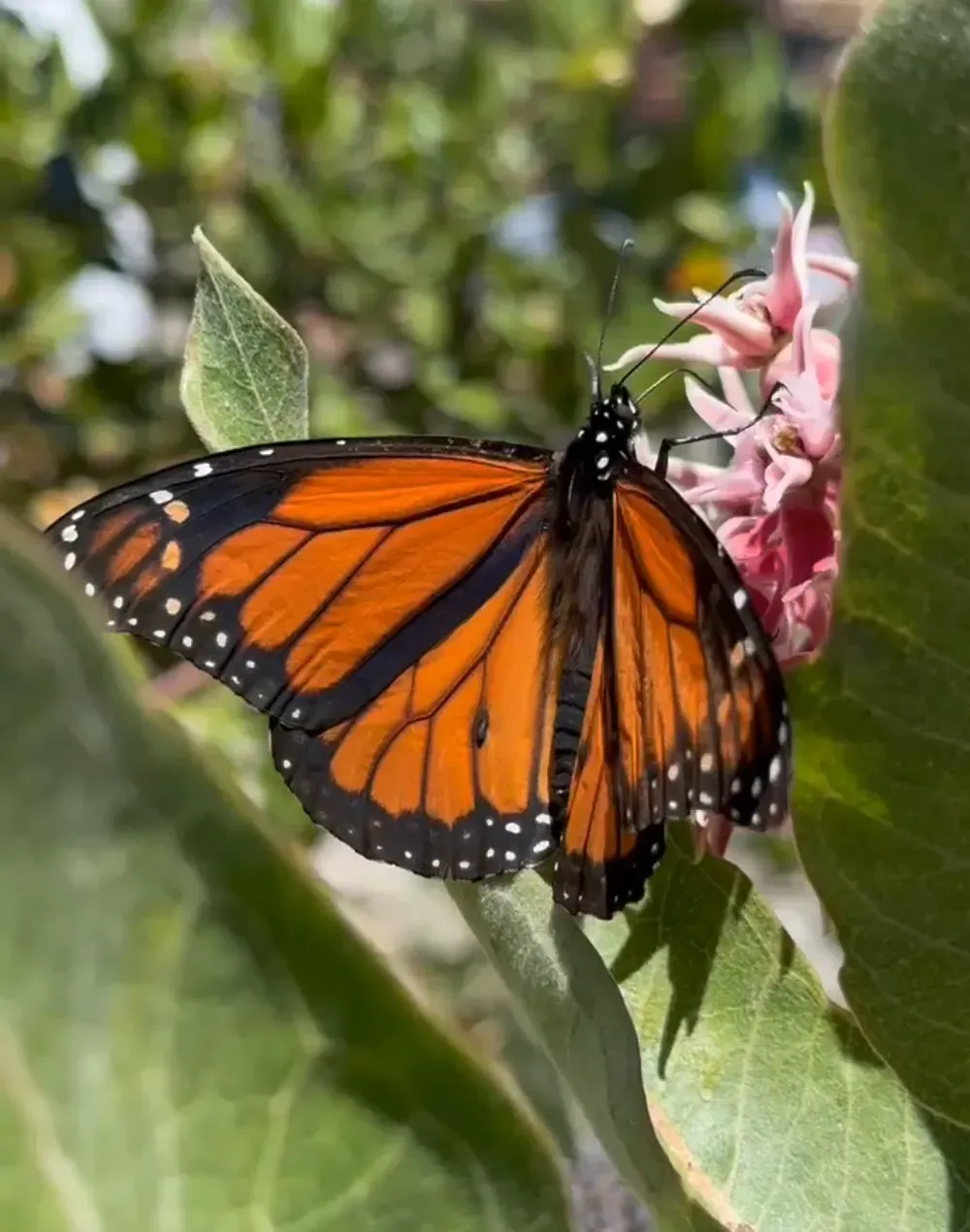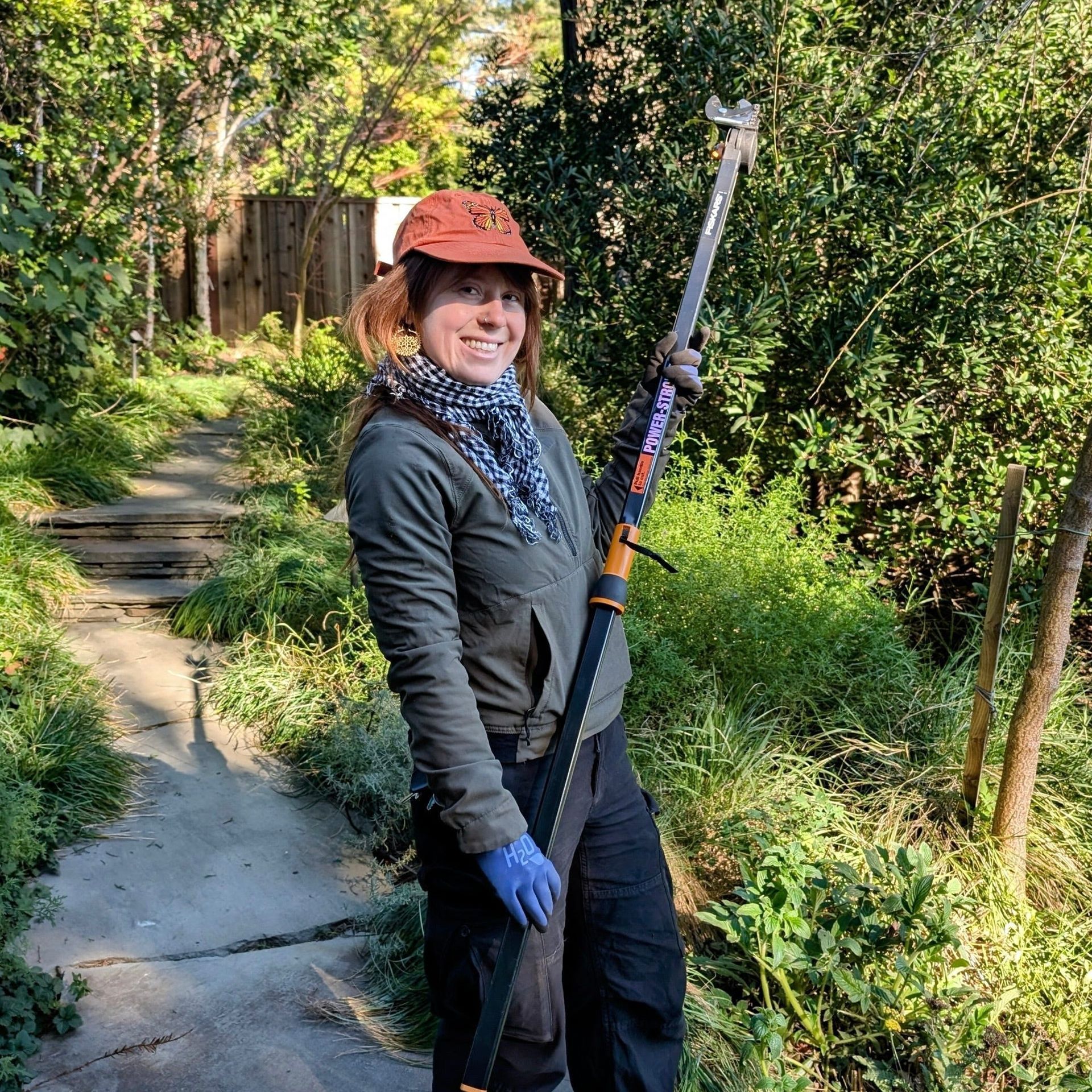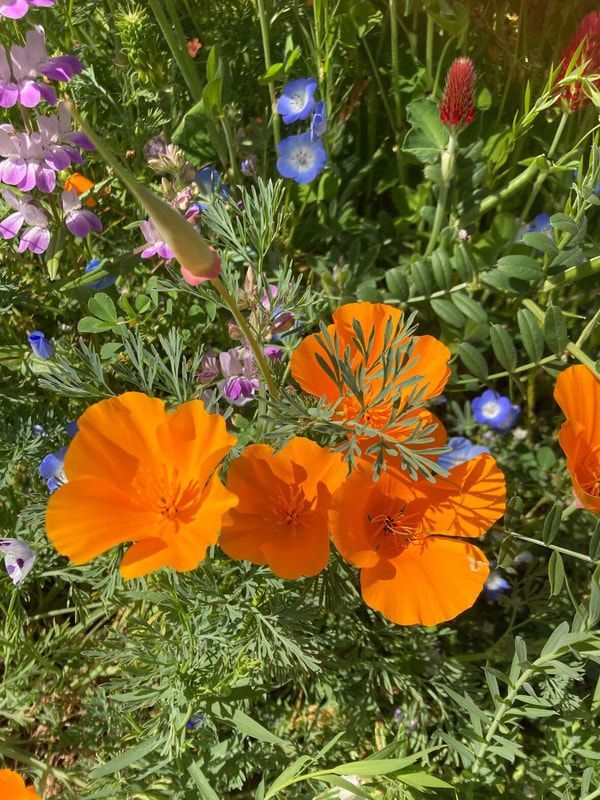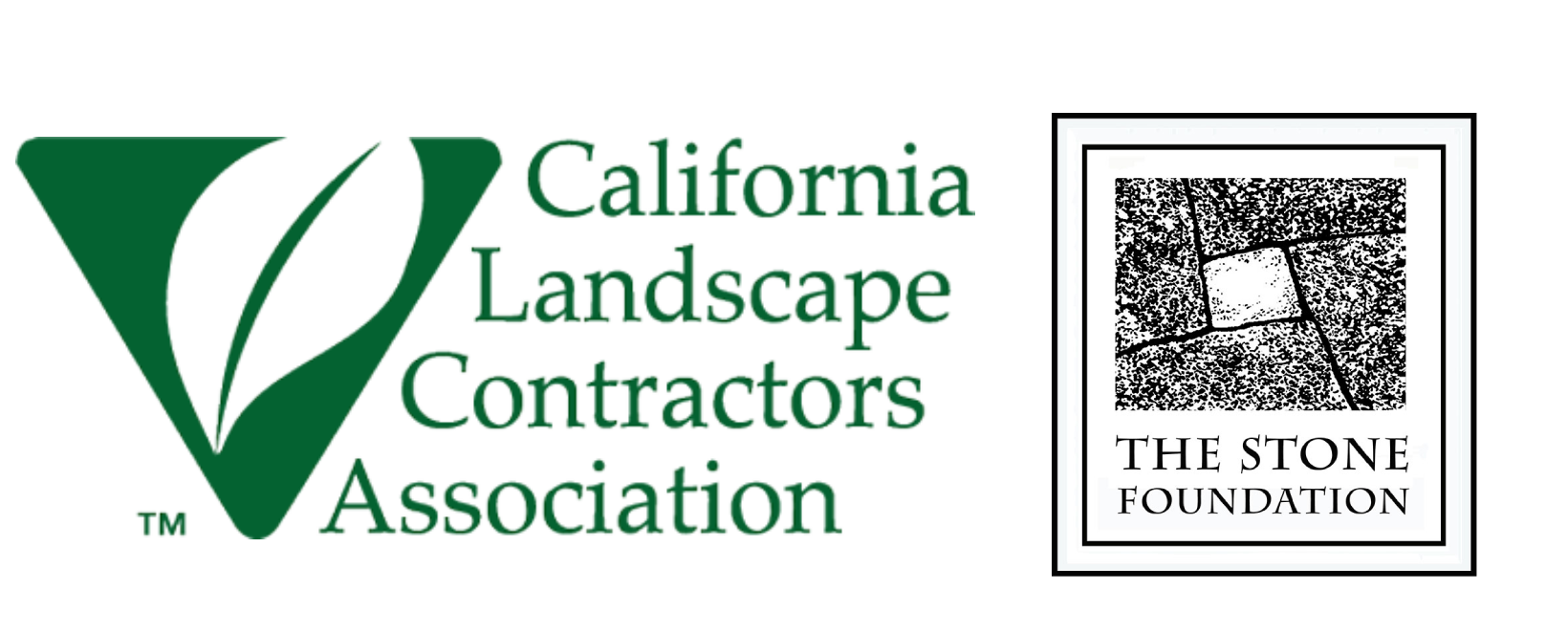CELEBRATING THE NATURE OF TRANSFORMATION
Today, the Monarch butterfly migration that goes from Canada and the Northern Continental US, to their overwintering sites in Central Mexico is just about completed. November 1st also coincides with the annual Dia de los Muertos celebrations, observed in Mexico, the US, and other parts of the world. This annual return of the Monarch butterflies to their winter home is interpreted by the Purépecha of Michoacán and the Mazahua of Estado de México as the ancestors returning to visit their loved ones still on earth. The sheer number of butterflies, amounting to the millions, amassing in the Oyamil Fir trees of the region is reported to be stunning as well as magical. It is no wonder that in Mexico, people are inspired by the visually stunning return of the Monarchs as a connection between the butterflies and their ancestors returning home.

Monarch Butterflies return to Mexico at the same time that Dia de los Muertos is underway. As such, it is believed that the butterflies are the souls of the dead, gathering to be present for the celebrations. This beautiful, poetic, and incredibly artistic honoring of life teaches us not to be afraid of death. Life and death are intertwined in the lives of every human being on earth, and indeed in the lives of every living creature or system on the earth. The transition from life to death is a cycle that repeats itself in nature with the coming and passing of every season. The transition from summer to autumn and from autumn to winter also teaches us that we should not be afraid to die, because in the garden, as in the wilderness, death feeds life. If we turn to nature and its systems of death and rebirth, we can understand why the return of Monarch butterflies by November 1 in Central Mexico is a powerful marker for us to understand that we all follow the same patterns in nature.
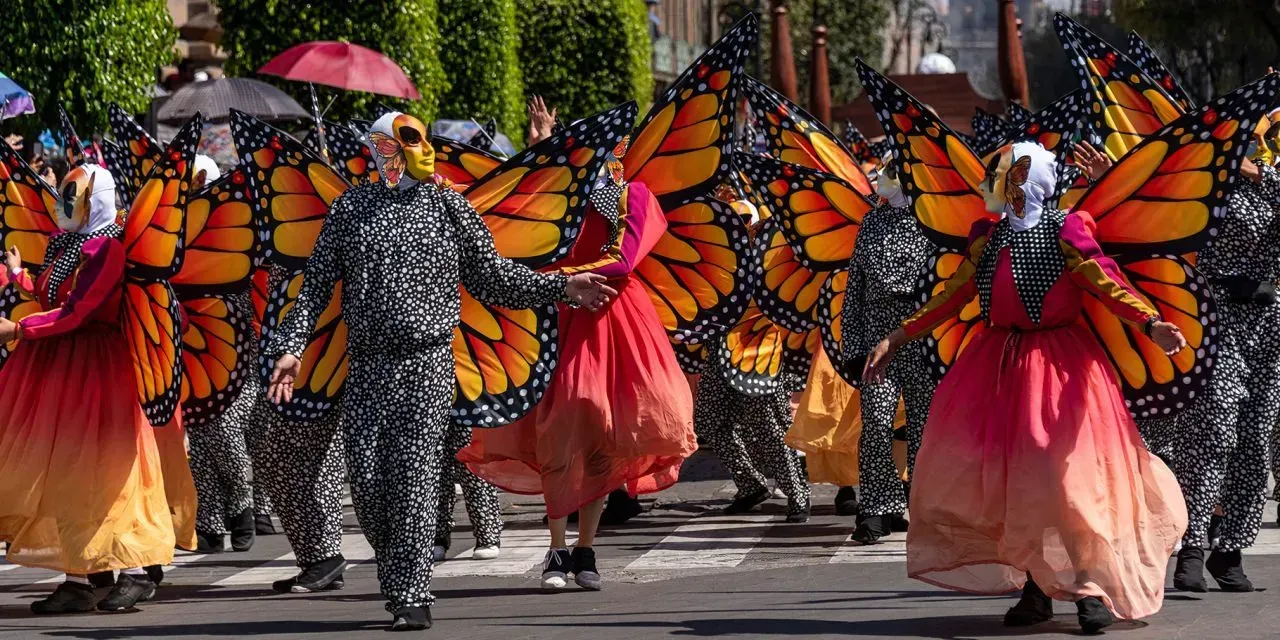
AN ECOSYSTEMS APPROACH TO LIFE AND DEATH
The body content of your post goes here. To edit this text, click on it and delete this default text and start typing your own or paste your own from a different source.
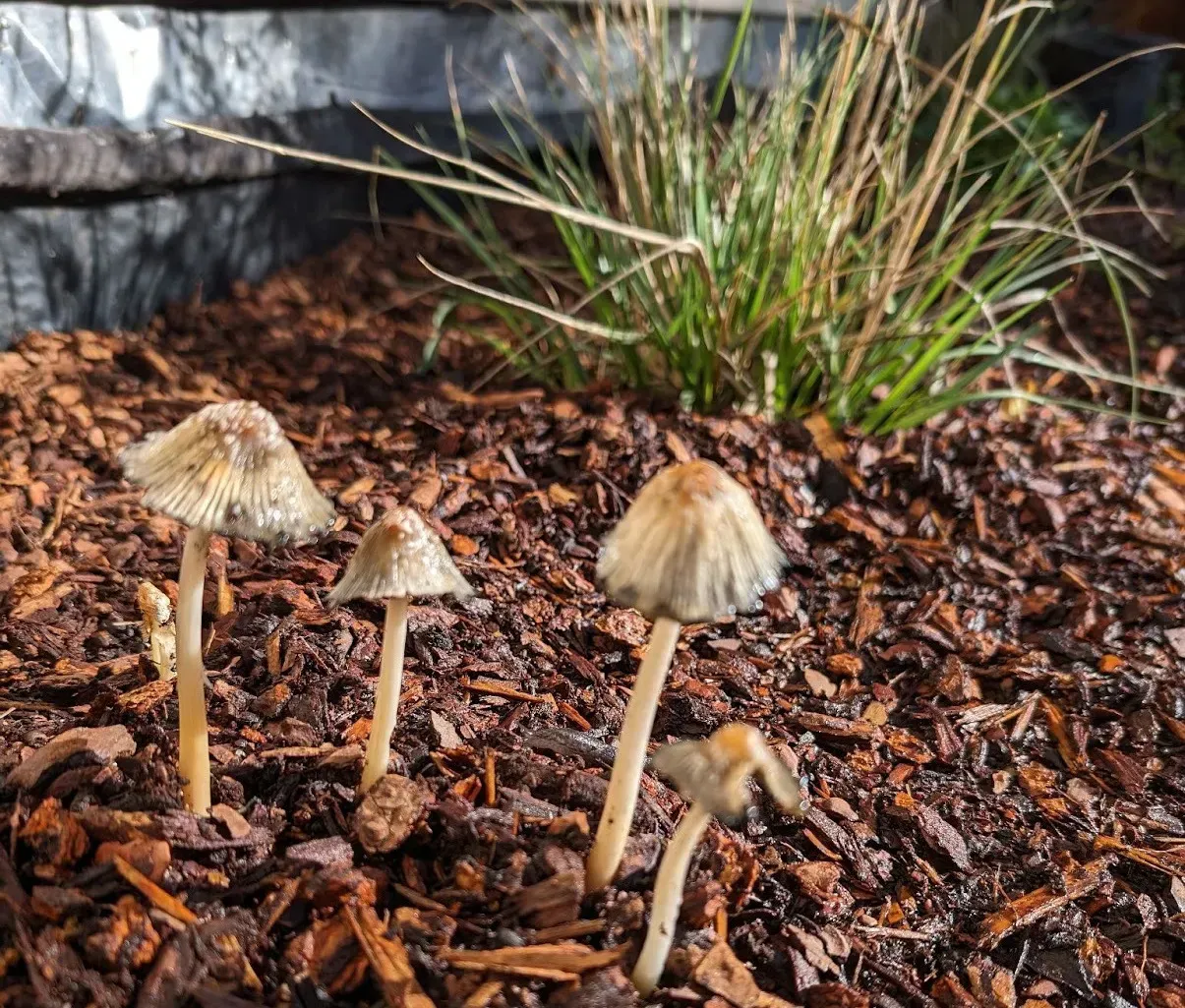
The ecosystems approach we take to caring for our gardens is to understand that death and life are integral to each other. Nature is a constant push and pull between life and death. Death in the garden is also the source of life, as in the Nutrient Cycle. In autumn, leaves fall from the trees and land on the ground beneath them. These leaves are then eaten by decomposers, who make the material smaller, and then even smaller organisms continue to eat, digest and excrete the leaves, until they become a part of the soil. This process creates nutrient dense soil which feeds the trees so that they can push out new leaves in the spring. Such is the cycle of life.
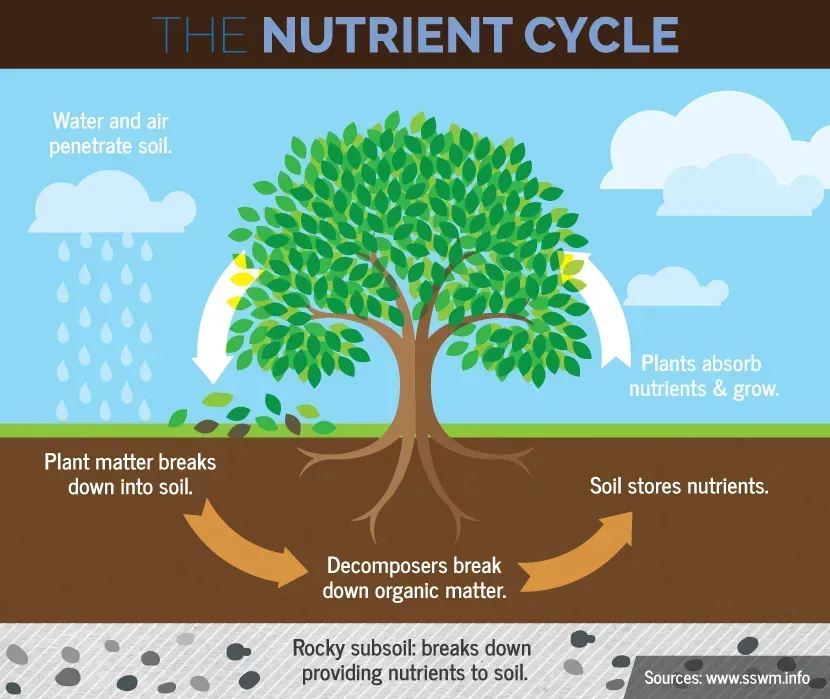
WHAT’S HAPPENING IN THE GARDEN THIS FALL

As we celebrate death, with our cultural traditions of Dia de los Muertos and Halloween, we are also able to observe the transformation of death in the garden. Leaves are falling from the deciduous trees. Summer blooms have turned to seed. Summer and fall flowers have left hollow stems in the garden, and there just seems to be so much clean-up to do. However, our gardens are settling in for their resting period. Many mysterious goings on are happening in the garden that will ensure that come spring, your garden will once again be teeming with butterflies and songbirds.
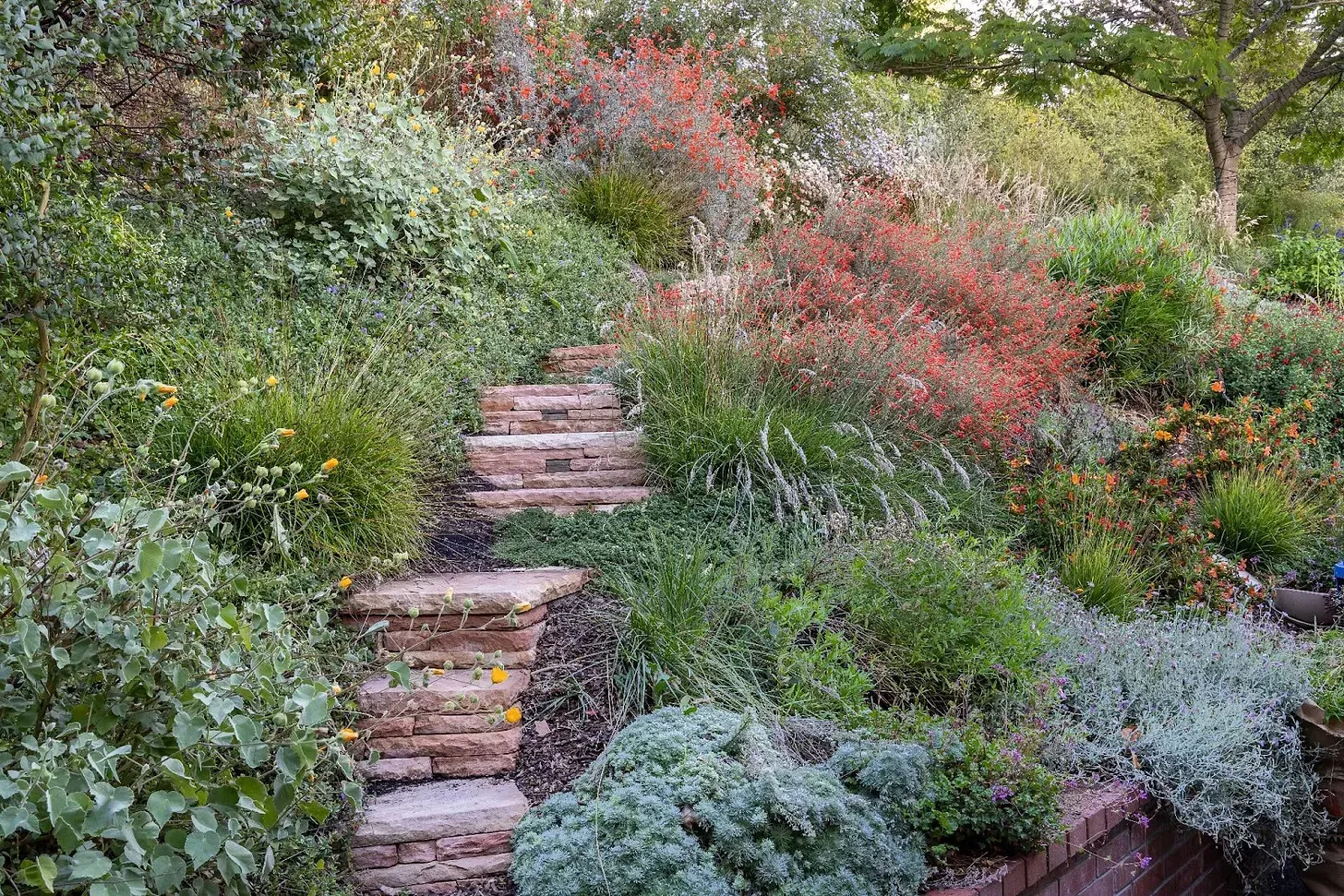
In autumn, the Mariposa Garden Care Team is busily doing what they can to protect wildlife in the garden. They will tidy leaves from paths and patios, but in areas where perennials are going dormant, leaves will stay on the ground to protect the roots of the dormant plants. Think of it as a blanket, protecting the roots from winter chill. Decomposition from the leaves allows for nutrients to develop in the soil, growing stronger and more resilient plants.
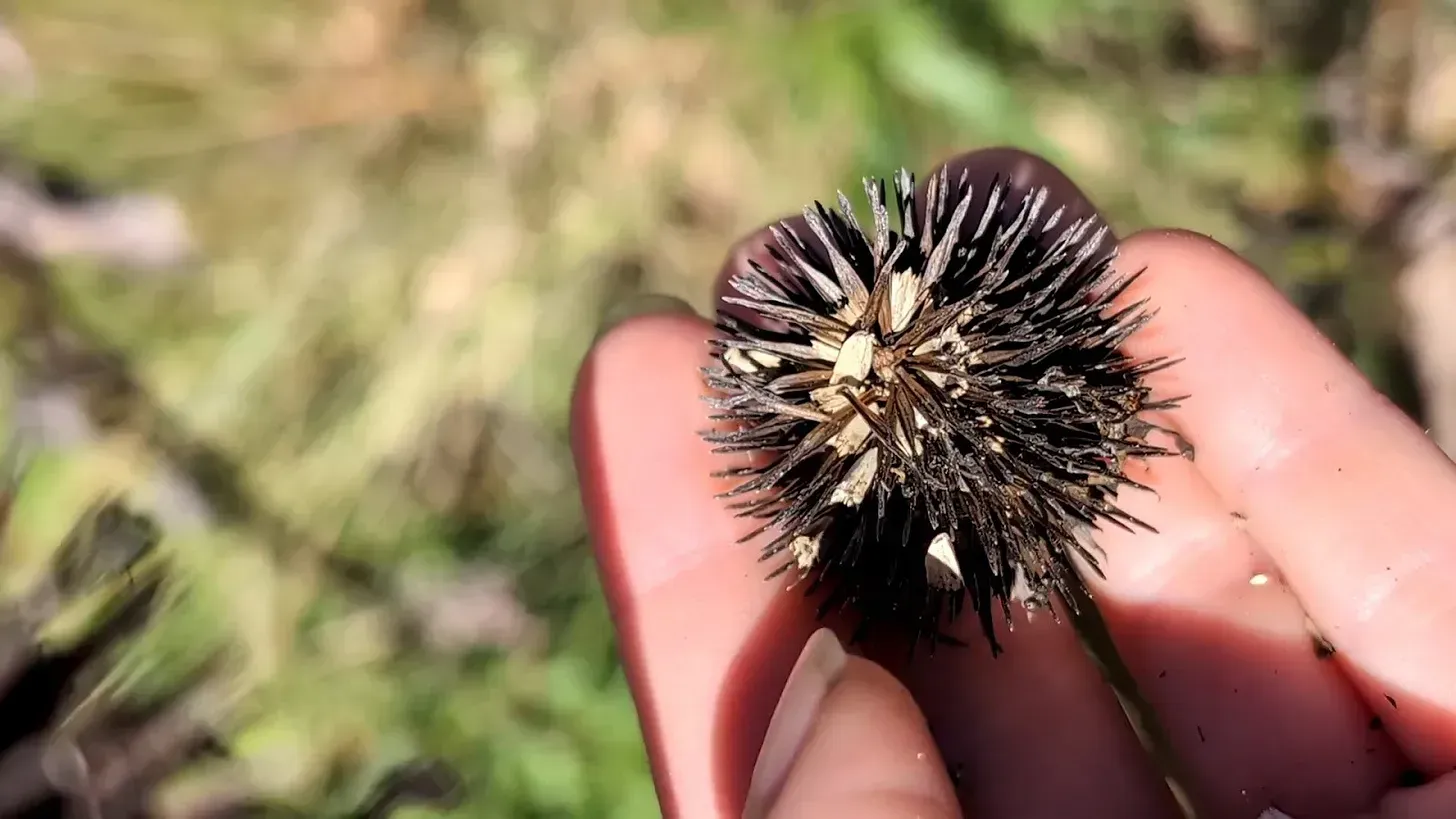
What about the seed heads, and all of those hollow stems? Please leave them! It is not yet time to cut those back. Many birds will eat the seeds, especially if they are from native wildflowers and other flowering perennial plants. Echinacea, Rudbeckia and Phaecelia are easy to grow and drought resistant perennials that will produce nutritious seeds for birds to eat over the winter months. Those hollow stems? Leave those too! They are used by solitary bees to lay their eggs in. The eggs are protected from the cold and rainy winter. They will emerge in spring, to help keep the ecological balance in your garden.

Even though we leave most leaves, seed heads and hollow stems, there are many other plants and trimmings that develop this time of year, and at all times of the year. One way that we try to protect caterpillars in our gardens from being eaten by birds is to create a debris pile behind trees, and in an area that is relatively sheltered from sight. As the debris decomposes, many insects that are delicious to birds will populate the debris pile. This gives all of your birds an alternative to your butterfly caterpillars, and you will then save some of them so that they can transform into butterflies.
So, as we can see, death is a part of life and life is a part of death. And so the cycle continues year after year, generation after generation.
